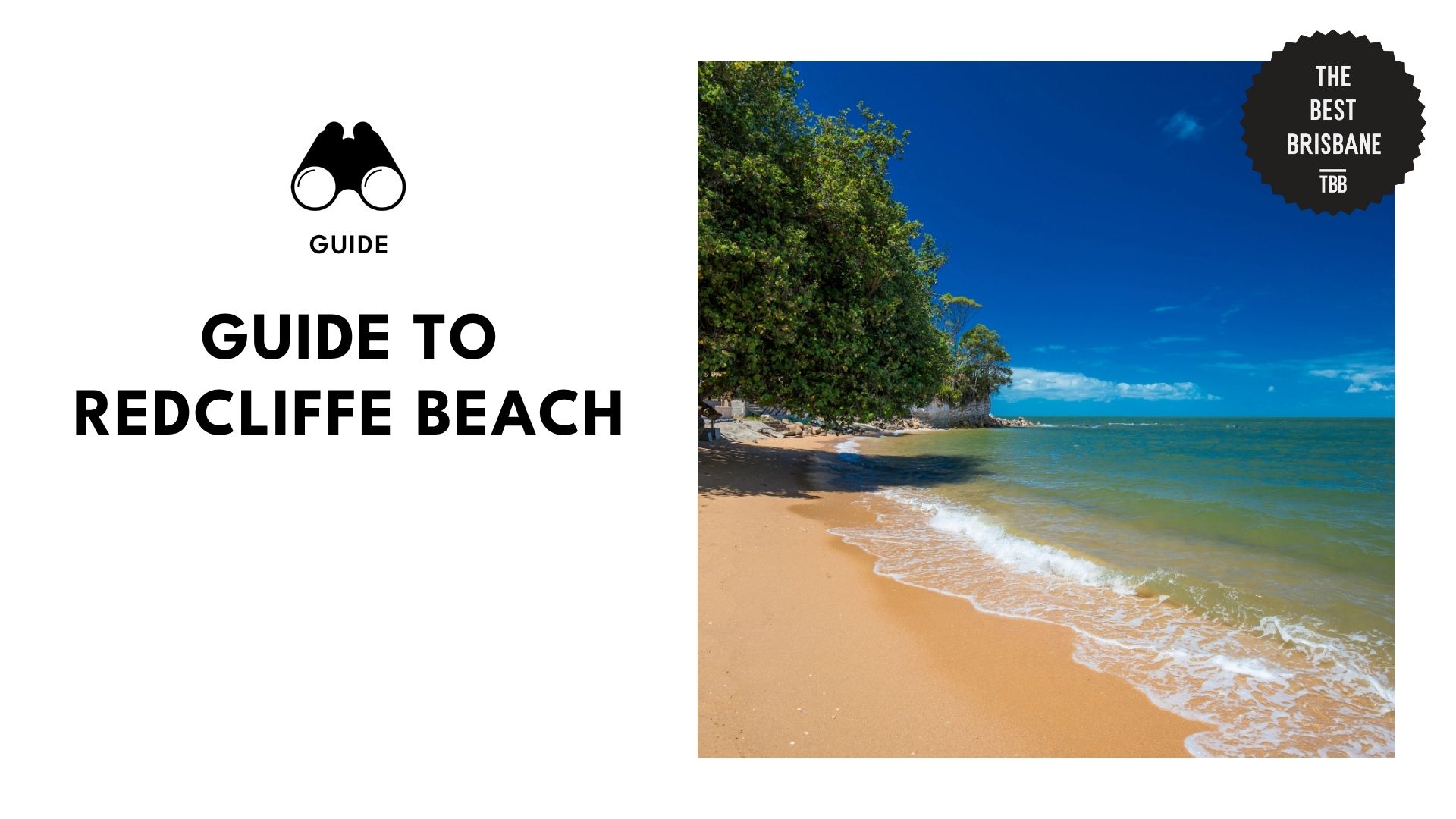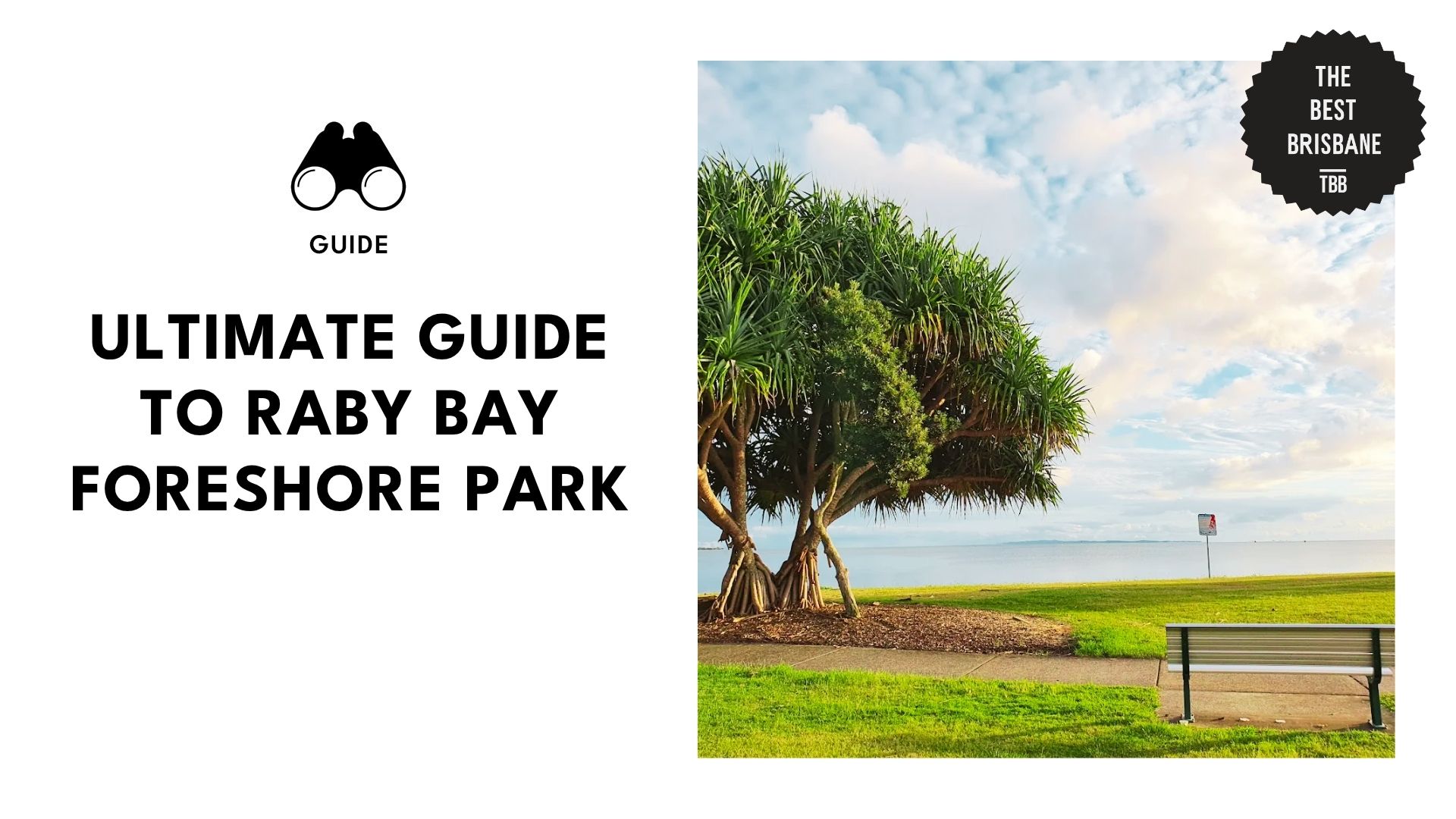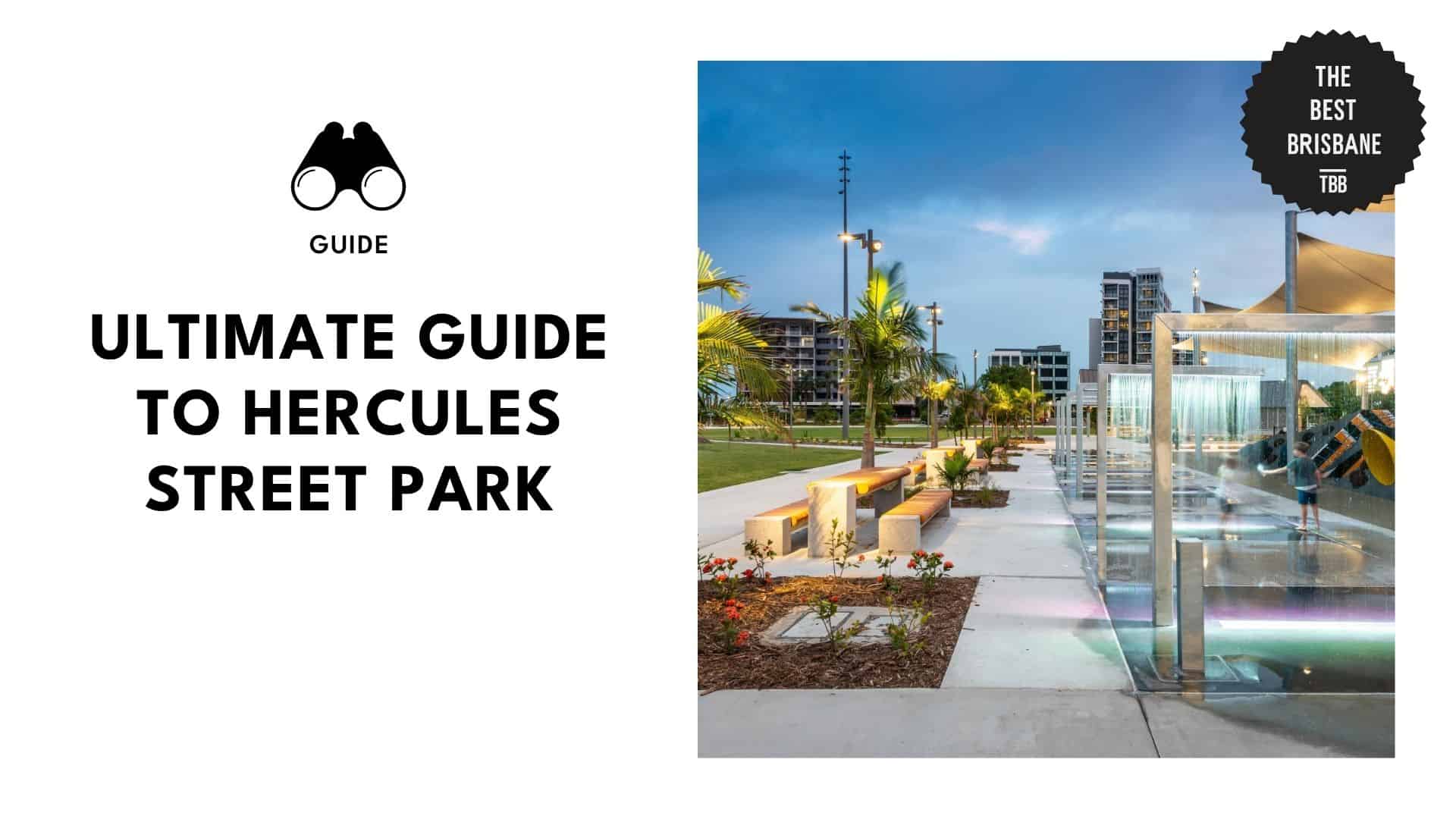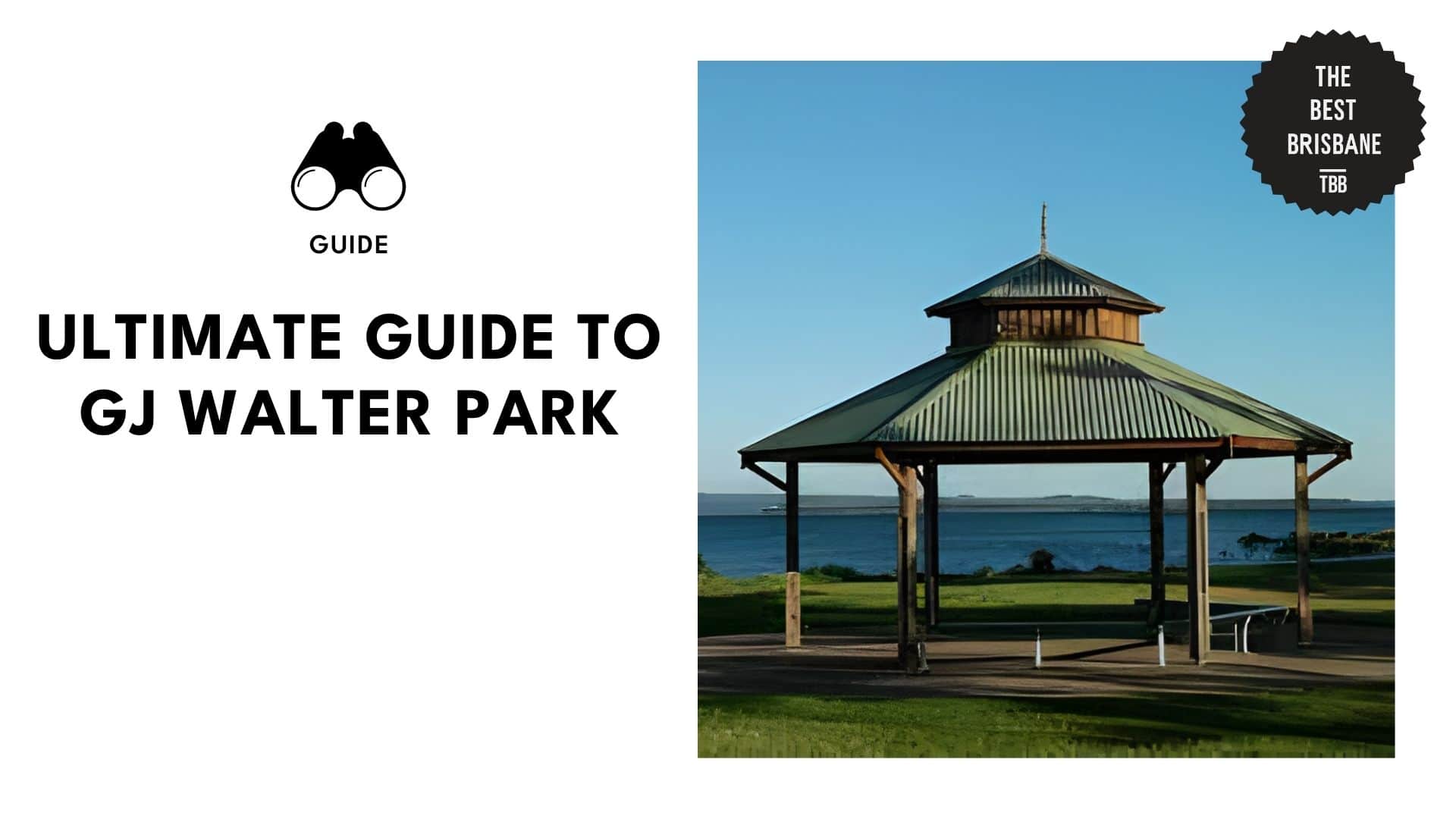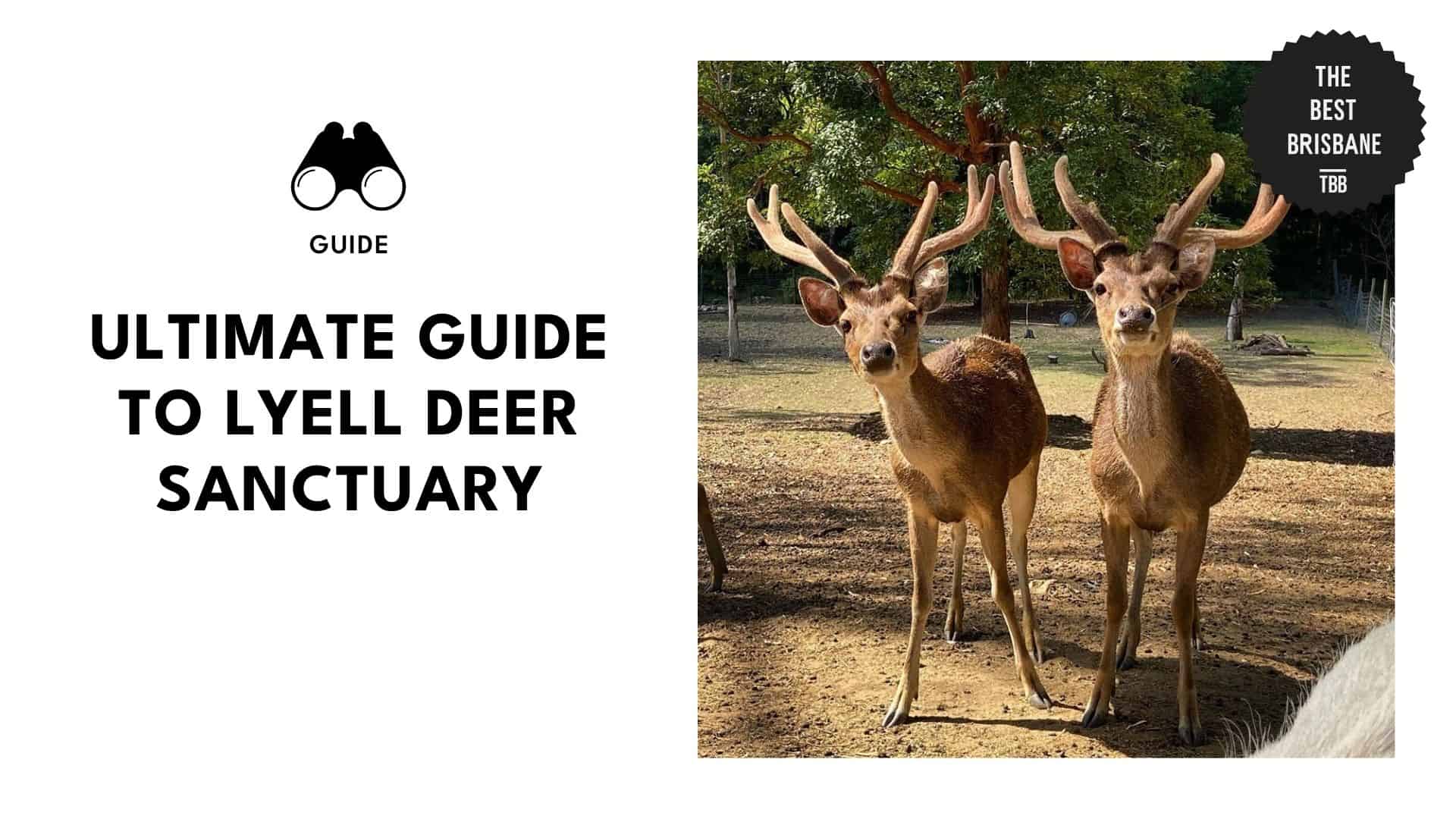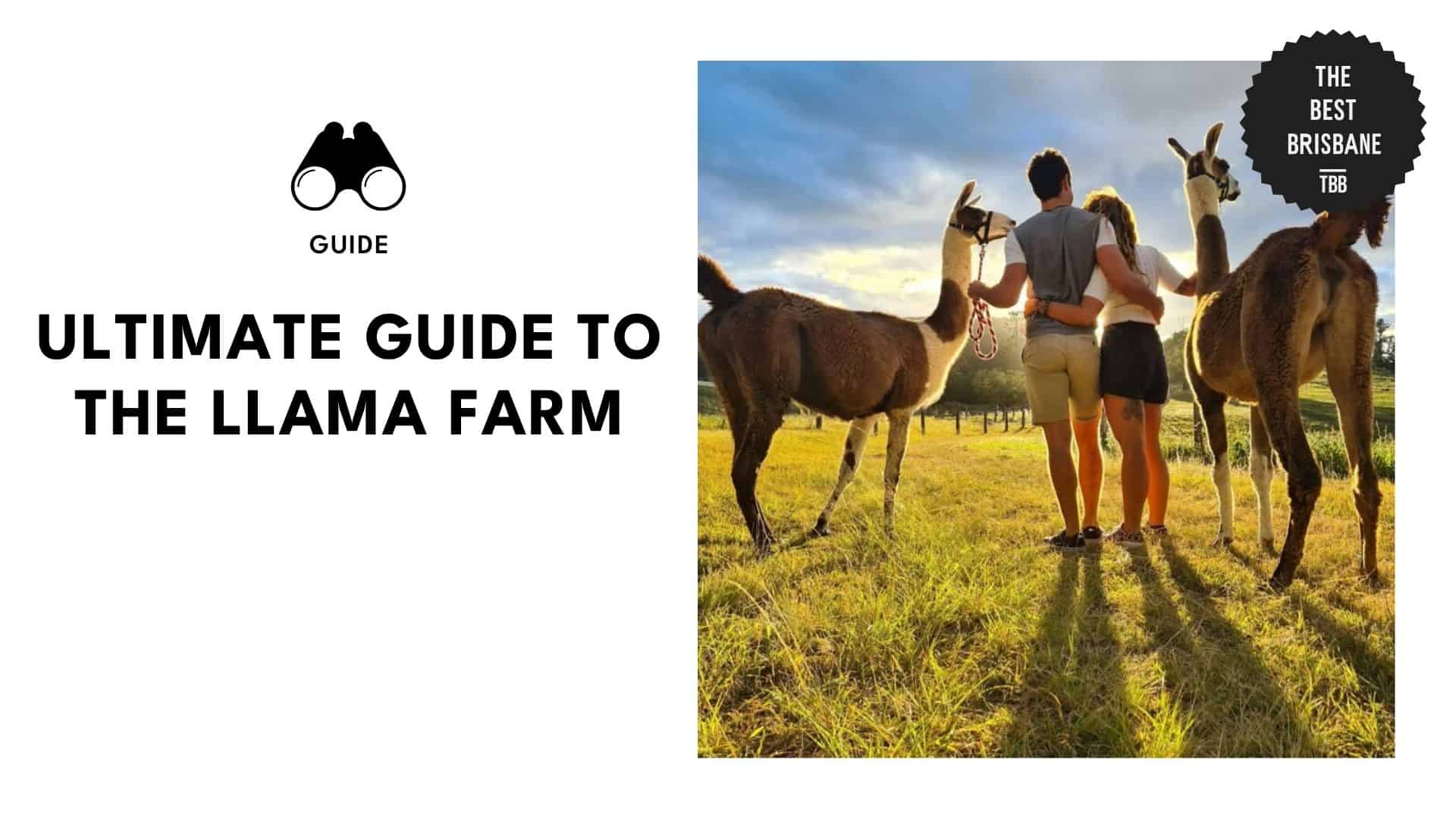Categories > Guides and Tips
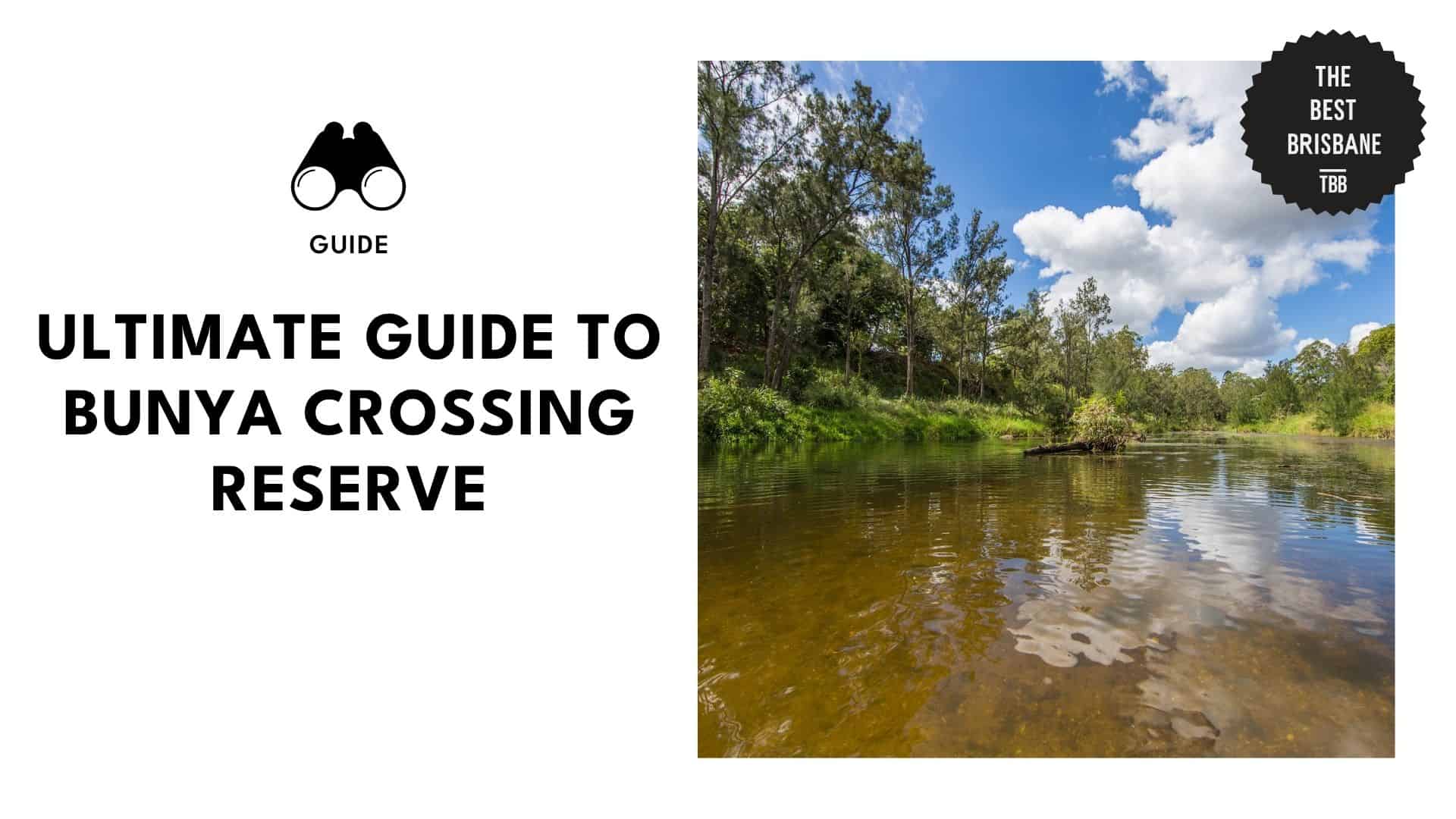
Nature’s Pool Awaits at Bunya Crossing Reserve
I’ll let you in on a little secret: tucked away just under an hour from Brisbane’s Central Business District lies Bunya Crossing Reserve, a natural retreat where forest meets water.
The first time I visited, I couldn’t believe such a peaceful swimming hole was this close to the city. This reserve isn’t a manicured park with coffee carts and playgrounds… it’s the real deal.
It’s a slice of wild nature where you can cool off and feel worlds away without leaving Brisbane’s northern fringe. Whether you’re a family looking for a safe swimming spot or just someone in need of a green escape, Bunya Crossing Reserve delivers.
Things to Know
– Image from: chromaticcateyes
Operating Hours: Open daily
Admission: Free entry
Amenities:
- Natural swimming hole (shallow to deep areas)
- Picnic tables and limited shade
- Walking trails and bush tracks
- Basic toilet facilities (check condition before visiting)
- Gravel parking area (no fee)
Accessibility: Bush reserve, not paved; best for active visitors
Dog Policy: On-leash only (respect wildlife zones)
Getting There & Access
– Video from: iampaulo__.__
By Car: Driving is hands-down the easiest way to reach Bunya Crossing Reserve. Just pop “Bunya Crossing Reserve” into your GPS and follow the route through Albany Creek toward Bunya.
Parking: Parking is straightforward but limited. There’s a small gravel car park right at the reserve entrance, perfect if you arrive early. On sunny weekends, especially in summer, this fills up fast.
Don’t worry, though—there’s usually free street parking available on nearby residential roads, just a short stroll away.
Via Public Transport: Public transport isn’t really ideal. There are limited bus services running out to Bunya, but the stop closest to the reserve still leaves you with a long walk—easily over 30 minutes from Albany Creek shops.
Unless you’re up for a mini-hike before your swim, driving is the way to go.
Swimming Hole & Water Safety
– Image from: timgonska
The star of the show here is the South Pine River swimming hole. At first glance, it looks like a calm bend in the river, edged with sandy banks and forest canopy. Step in and you’ll notice the water varies. Some spots are shallow and sandy, perfect for kids to paddle.
The water is usually clear enough to see the pebbly bottom, though after heavy rain it can run murkier. Summer and early autumn are the best times for swimming, when water levels are inviting and the forest provides natural shade.
However, it’s not a patrolled site. There are no lifeguards. Parents should stay close to kids, and non-swimmers should stick to the edges.
Walking Trails & Nature Experience
– Image from: nigelmarshphotography
Beyond the water, Bunya Crossing Reserve is a gateway to a network of bush tracks. Short trails loop around the reserve itself, giving you easy walks through tall gums and bunya pines.
For something more adventurous, connect to South Pine River Walk or follow tracks that link toward Bunyaville Conservation Park.
What I love most is the wildlife. I’ve spotted kangaroos grazing at dawn. If you’re quiet, you might even see freshwater turtles surfacing in the river. Flora fans will appreciate the stately bunya pines, the same trees that inspired the reserve’s name.
Facilities & Amenities
This is where you need to reset your expectations—Bunya Crossing is a nature reserve, not a city park. Its beauty lies in its untamed feel, and part of that charm comes with having fewer creature comforts.
If you’re picturing manicured lawns and gas BBQs at every corner, you won’t find them here. A handful of picnic tables are dotted near the swimming hole, some tucked under shady trees, others more exposed.
Families often set up little day camps along the banks with eskies and folding chairs. It’s a classic Aussie swimming-hole vibe.
Toilets are available, but they’re very basic bush-style facilities. Bring your own essentials like tissues, hand sanitizer, and maybe even some wet wipes if you’re visiting with kids.
Planning Tips & What to Bring
Here’s my tried-and-tested packing list for a day at Bunya Crossing:
- Swimmers, towels, and a change of clothes
- Picnic rug and foldable chairs
- Snacks, picnic food, and plenty of drinking water
- Sunscreen, hats, insect repellent
- Sturdy shoes if you plan to bushwalk
- Bin bags for rubbish (help keep it pristine)
Best times to visit? Early mornings or weekdays are blissfully quiet. Weekends can be lively with families and groups, so if you prefer a peaceful vibe, get in before 9 AM.
Above all, remember it’s a wildlife haven. Don’t feed animals, keep noise down, and stick to paths to protect the forest floor.
Nearby Spots & Adventure Ideas
If you’ve got extra time, Bunya Crossing Reserve can be just the starting point for a bigger day out.
Bunyaville Conservation Park
– Image from: zobemi
Only a few minutes’ drive away, this bushland reserve offers longer walking tracks and mountain biking trails. It’s a great option if you want to stretch your legs after a swim or bring your bike for a half-day adventure.
Samford Valley
– Image from: matt.snaps25
About 15 minutes down the road, Samford is all about country charm. You can think of leafy streets and weekend markets. You must not miss out on small art galleries too. It’s perfect for grabbing lunch or a coffee before heading home.
South Pine River
– Image from: suepillans
If you’ve got a kayak or canoe, this is where you can really make a day of it. The river offers calm stretches ideal for paddling, with plenty of birdlife along the banks. Just remember: no rentals here, so you’ll need to bring your own gear.
My Sample Day Itinerary
Here’s how I’d spend a perfect day at Bunya Crossing:
- 9:00 AM – Arrive and set up a picnic rug under the trees. Kids can explore the shallow edge while you sip a coffee.
- 9:30 AM – Take a short bushwalk through the reserve trails, listening for bird calls.
- 10:30 AM – Cool off with a swim. Alternate between sandy shallows and deeper pools.
- 12:00 PM – Picnic lunch by the water, spotting water dragons sunning on the rocks.
- 1:00 PM – Relax, read, or nap to the sounds of the bush.
- 2:30 PM – Wander the tracks again, this time looking for kangaroos or turtles.
- 3:30 PM – Pack up slowly, leaving no trace. Then, maybe swing by Samford for an ice cream on the way home.
